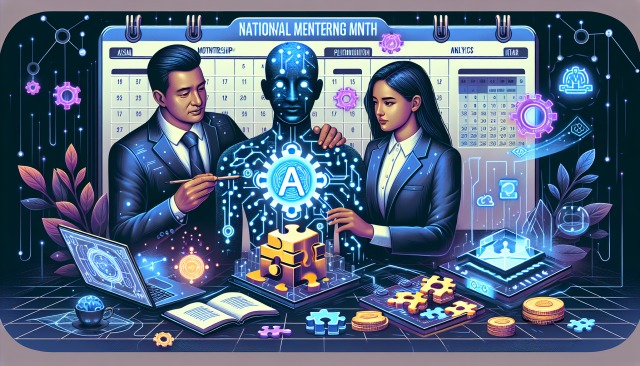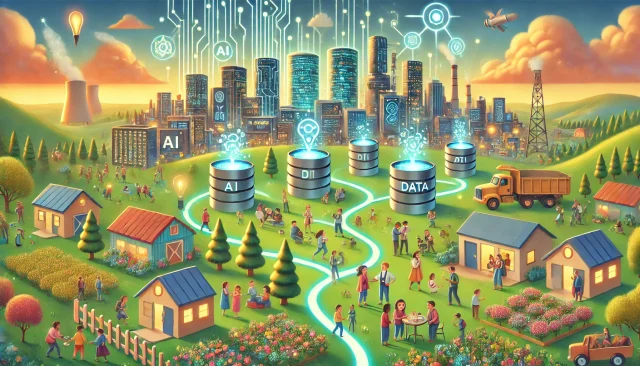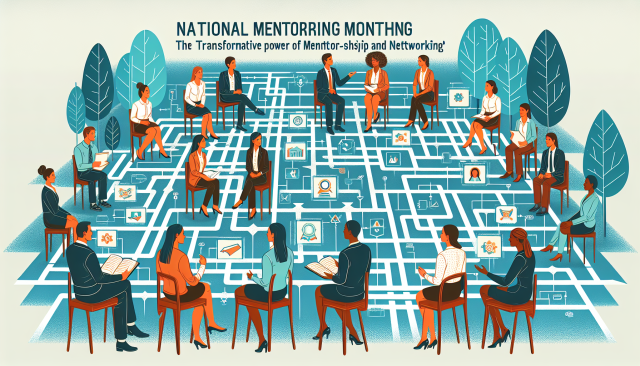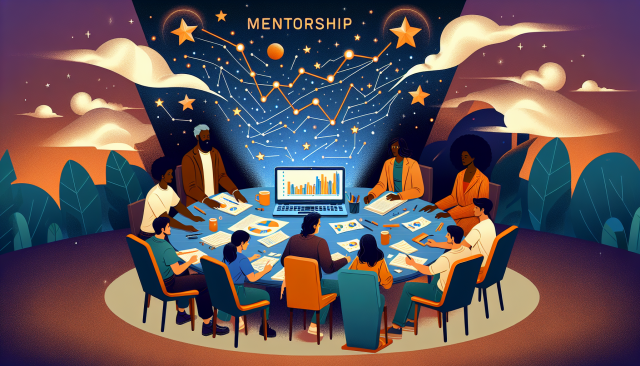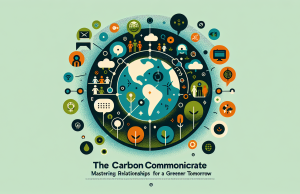Navigating the Path to Career Triumph: The Crucial Role of Higher Education
Navigating the Path to Career Triumph: The Crucial Role of Higher Education
As you stand on the precipice of embarking on your professional journey, the question that invariably looms is: “How much of my future success depends on my education?” In a rapidly evolving job market, where skills and adaptability often take center stage, it’s essential to understand the pivotal role that higher education can play in shaping your career trajectory.
Historically, the pursuit of higher education was synonymous with securing a well-paying job and climbing the ranks of corporate hierarchies. However, the modern landscape is more nuanced, reflecting the dual forces of technological advancement and global interconnectedness. Today, a degree isn’t merely a ticket to a job; it’s a foundational element that empowers you to unlock doors to diverse opportunities.
Higher education fosters critical thinking and problem-solving abilities, which are invaluable in any career. Universities and colleges provide an environment where exploration and intellectual curiosity are encouraged. This space allows you to engage with complex, multifaceted problems and develop the skills to navigate them effectively. These skills are universally recognized by employers across industries as essential components of career success.
Moreover, higher education is a crucible for honing communication skills. Whether through writing papers, participating in group projects, or engaging in discussions, students learn to articulate ideas clearly and persuasively. In a world where collaboration and communication are key, such skills are indispensable in building successful professional relationships and driving organizational goals.
The impact of higher education extends beyond technical proficiencies. It’s often within the halls of academia that you cultivate a network of peers, mentors, and industry contacts. These connections can prove instrumental as you progress in your career, offering support, guidance, and opportunities for collaboration. The relationships built during your educational journey can open doors to internships, job placements, and even future business ventures.
In addition to personal development, higher education often provides specialized knowledge and expertise that can give you a competitive edge in your chosen field. Academic institutions offer resources and opportunities to engage deeply with your subjects of interest, enabling you to graduate with a toolkit tailored to the demands of your industry.
While the benefits of higher education are immense, it’s important to approach your academic journey with intention. Assess the skills and knowledge that will be most valuable in your chosen profession, and seek out programs and experiences that will equip you accordingly. Embrace opportunities for internships, research, and extracurricular activities that align with your career interests, as these experiences often complement and enhance your formal education.
As the future of work evolves, so does the role of higher education in preparing graduates for success. Whether you’re pursuing advanced technical skills or a broad-based liberal arts education, the critical thinking, communication, and networking skills you develop will be integral to your career journey. The landscape may change, but the foundational elements of success in the professional world remain steadfast.
In conclusion, higher education is not a mere stepping stone; it’s a launchpad from which you can propel your career to new heights. While it provides the tools and resources, it’s your ambition, perseverance, and adaptability that will ultimately define your success. So, harness the opportunities that higher education provides, and let it be the catalyst for your career triumph.


















